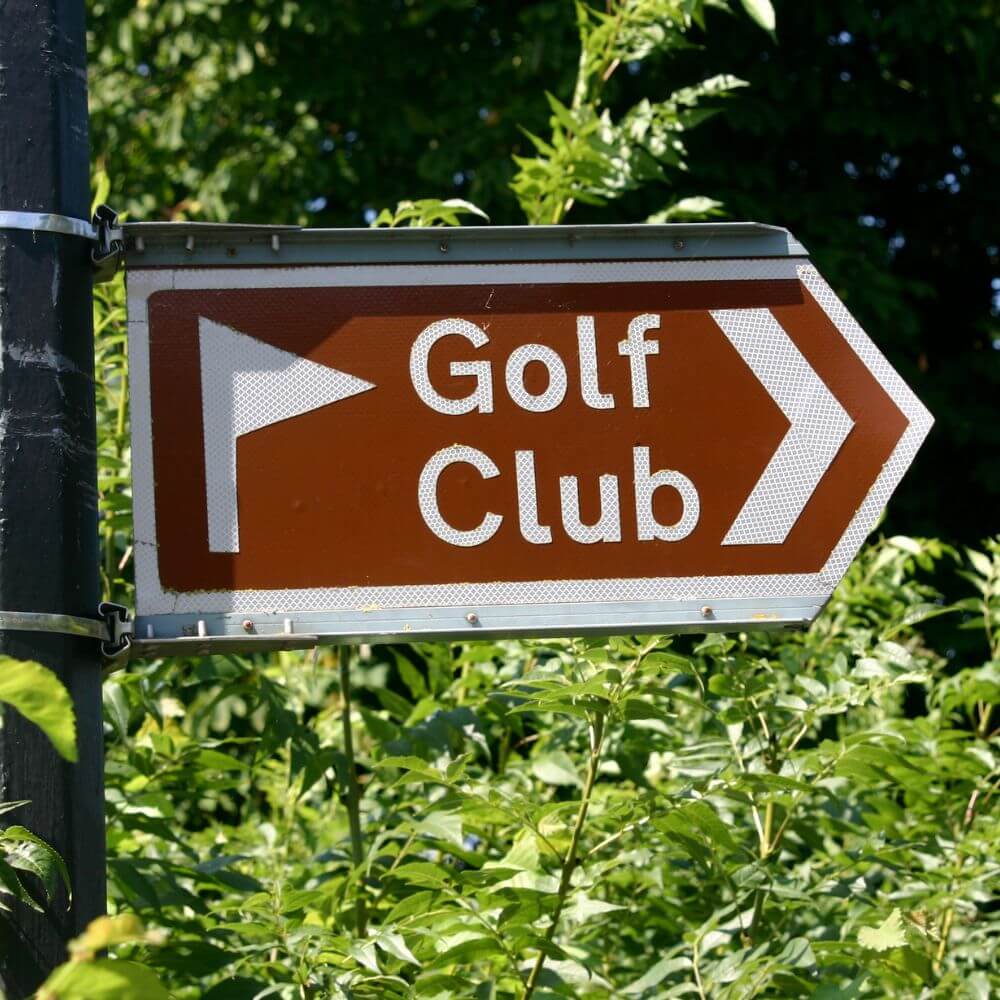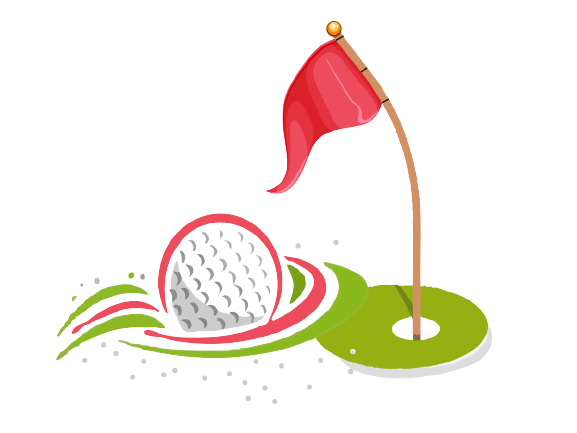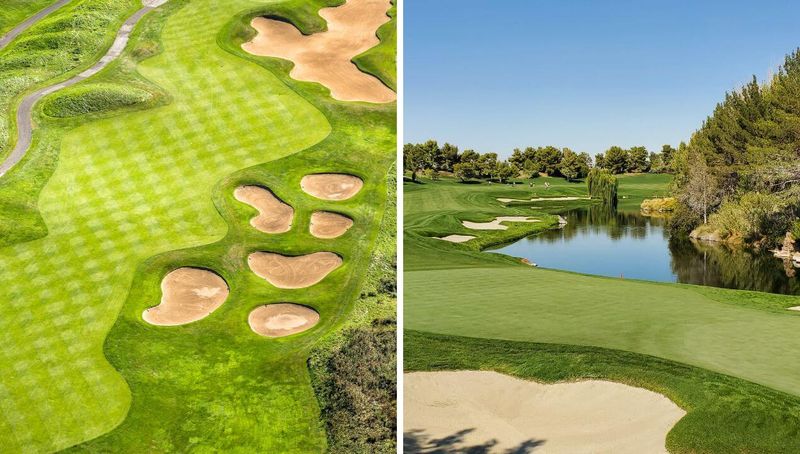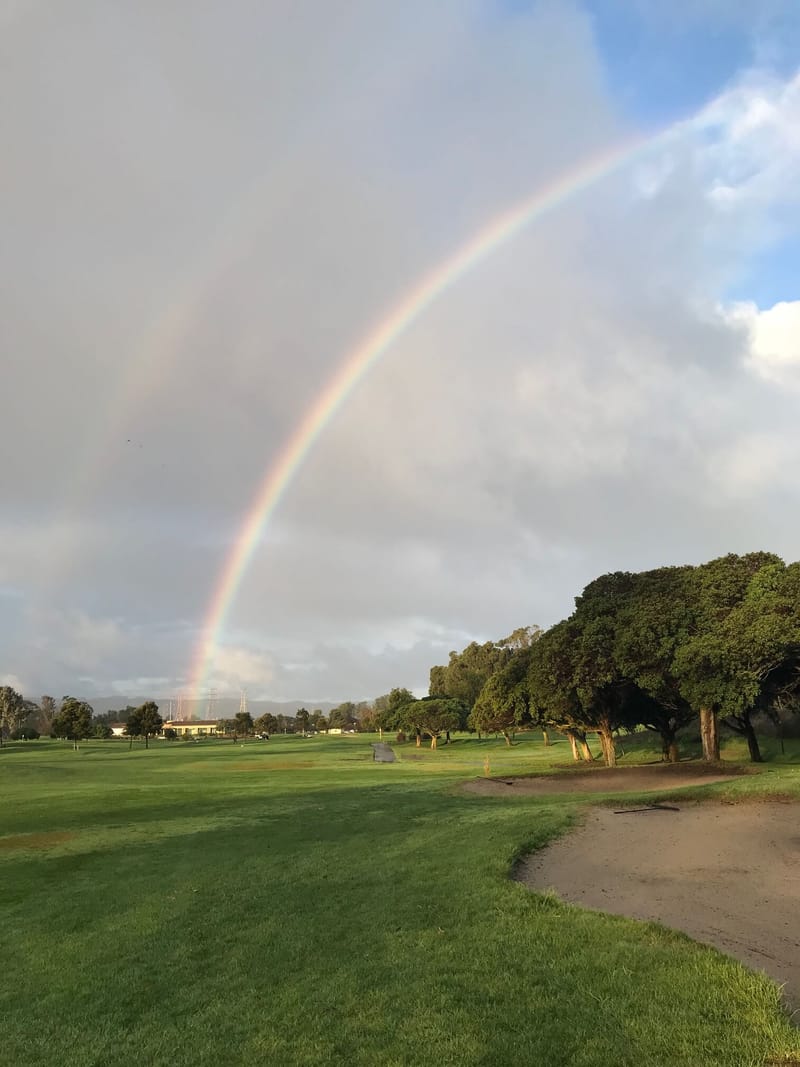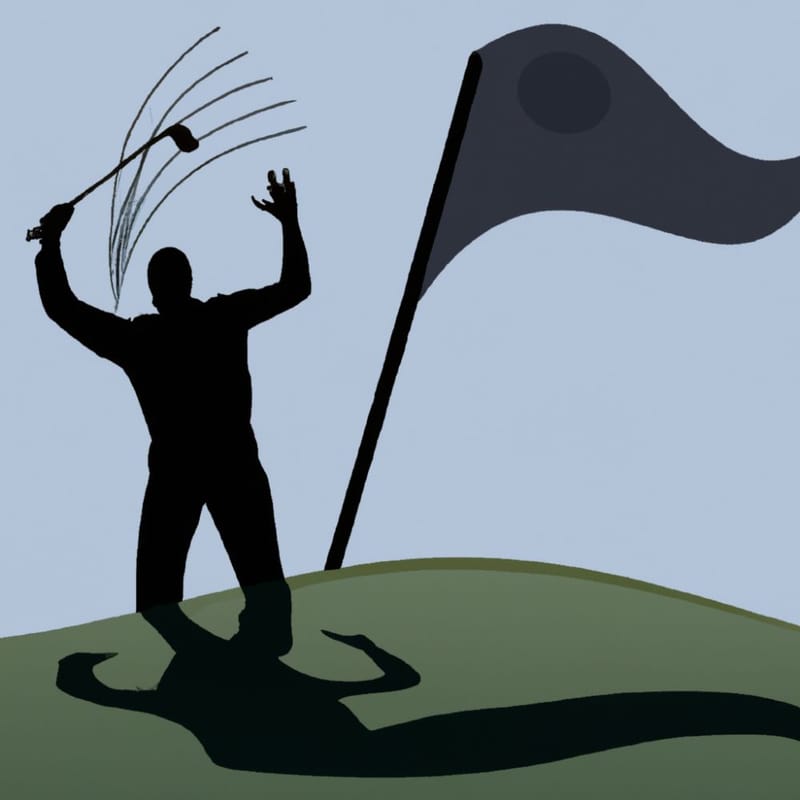Content Summary
Golf Course Slope Rating History
The slope rating system is a measure of the difficulty of a golf course for a bogey golfer. The higher the slope rating, the more difficult the course is. The USGA course rating system (United States Golf Association) uses this measurement to rate courses.
The course rating is the number that indicates the average score that a scratch golfer would make on the course. The bogey rating is the number that indicates the average score that a bogey golfer would make on the course. A course with a higher slope rating will have a higher bogey rating than a course with a lower slope rating.
How Do Course Rating and Slope Rating Compare?
Course rating is a numerical value assigned to a golf course by the USGA course rating system that reflects the relative difficulty of the course for scratch golfers. The higher the number, the more difficult the course.
Slope is a measure of how much harder a course is for bogey golfers than scratch golfers. It's expressed as a percentage and is based on the difference between the Course Rating and 113 (the USGA's presumed bogey-golfer Course Rating). A course with a Slope of 125 is 25% more difficult for bogey golfers than it is for scratch golfers
Slope Rating Explained
The Course Rating is a numerical system designed to represent the difficulty of a golf course for a scratch golfer.
This value is determined by examining various factors, such as measuring the fairways, assessing the bunkers, evaluating the size and contours of the greens, and identifying the distance to hazards and out-of-bounds locations.
To gain a deeper understanding of the course and to address any uncertainties or concerns regarding specific holes or shots, the rating team also plays the golf course. This hands-on approach provides valuable insights from a player's perspective.
There are 26 evaluations conducted for each set of tees on every hole, resulting in thousands of assessments for each course.
In the past, this process took an entire day, as it relied on rudimentary tools like rope and string. However, modern technology, such as GPS and lasers, has streamlined the process, reducing the time required to just a few hours.
By considering these various factors and utilizing advanced technology, the Course Rating system offers a comprehensive evaluation of a golf course's difficulty, allowing players to select tees that best match their skill level and enjoy a more satisfying golfing experience.
The average slope rating in the United States is about 120.

Terms Often Used When Measuring a Golf Course's Difficulty
The terms used in measuring golf course difficulty can be confusing for those new to the game. Here is a brief explanation of some common terms.
A golfer is someone who plays the game of golf. A slope rating is a number that indicates the relative difficulty of a golf course for a scratch golfer (someone with a 0 handicap) compared to a bogey golfer (someone with a handicap of about 18). The higher the slope rating, the more difficult the course is for a scratch golfer.
The USGA (United States Golf Association) is the organization that sets the standards for golf courses and rates them for difficulty. They have two ratings: course rating and bogey rating.
The course rating indicates the playing difficulty of the course for a scratch golfer, while the bogey rating is based on the playing difficulty of the course for a bogey golfer. Rating indicates
There are many factors that contribute to the difficulty of a course, such as length, terrain, and weather conditions. The USGA takes all of these into account when rating courses.
Rated golf courses are those that have been officially rated by the USGA. There are approximately 15,000 rated golf courses in the United States.
What is the purpose of ratings for a golf course? Ratings for a golf course are used to provide players with an indication of the difficulty of the course and how it may compare to other courses. They can also be used by course owners and operators to help market their facility.
A Common Myth – Slope ratings are comparable between courses
Because slope rating systems are a numerical value assigned to a golf course that reflects the relative difficulty of that course for a bogey golfer, slope ratings are not intended to be compared between courses. They are not average slope.
Golf Handicapping System Guidelines
A golf handicapping system is a set of guidelines used to determine a player's handicap. The United States Golf Association (USGA) sets the official rules for handicapping, which are used by most golfers in the United States.
There are many different systems in use around the world, but the USGA system is the most widely used.
The USGA system uses a player's scoring average to calculate their handicap. The average is taken over a period of time, typically 20 rounds or more.
A player's handicap is then determined by subtracting their scoring average from the course rating. For example, if a player has a scoring average of 80 and the course rating is 70, their handicap would be 10.
There are many different ways to calculate a scoring average, but the USGA method is considered to be the most accurate. It takes into account factors such as course difficulty and weather conditions.
Players with a lower handicap are considered to be more skilled than those with a higher handicap. Handicaps can range from 0 (professional level) to 36 (beginner level). Most amateur golfers have a handicap between 10 and 20.
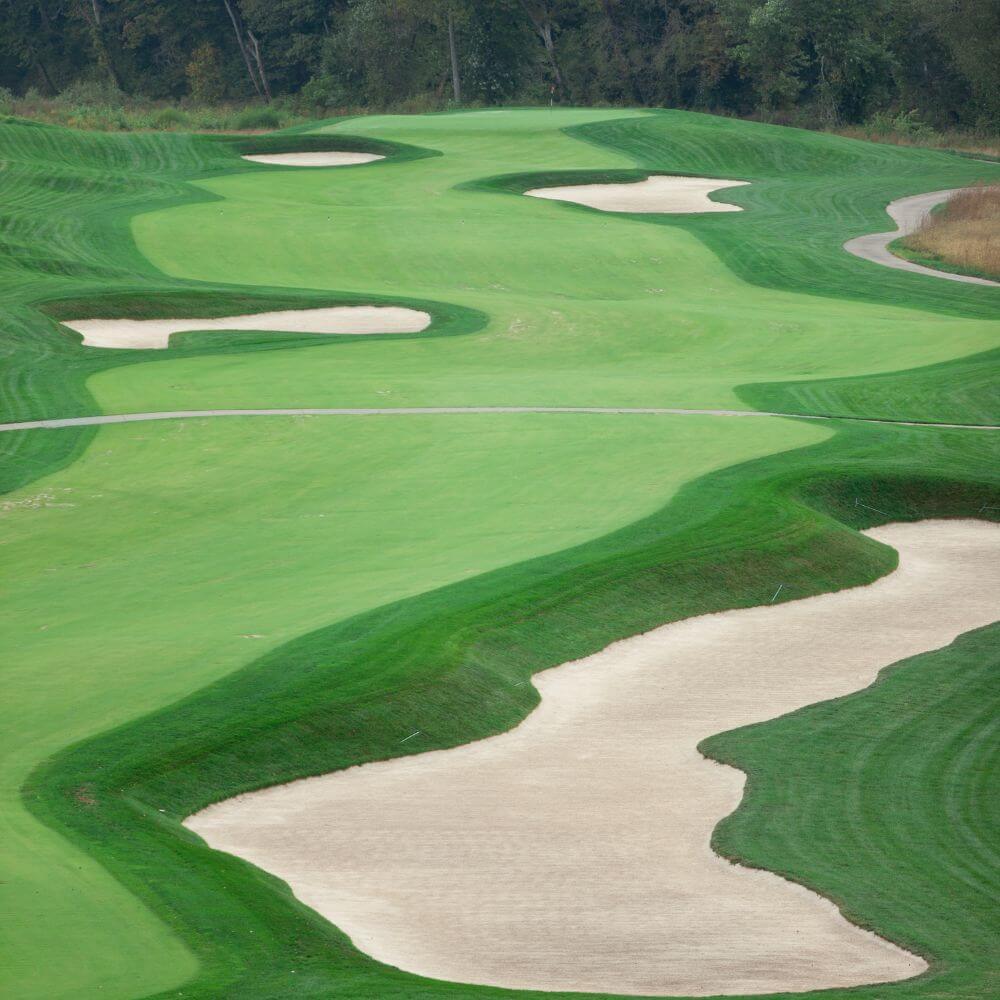
What is the Highest Slope Rated Course in the USA?
The golf course with the highest slope rating is the Oakmont Country Club in Pennsylvania.
The course has a slope rating of 155, which is the highest in the United States. It's amazing the difficulty of the golf course. As a 10 handicap I would shoot in the 130's...LOL
Golf Green Difficulty Explained
Golf green difficulty rating is a system that golf courses use to rate the level of difficulty of their greens.
The most common system is the USGA system, which rates greens on a scale of 1 to 10, with 1 being the easiest and 10 being the most difficult.
Where Do I Find the Golf Course Slope Rating
You can find the slope rating for most courses on the scorecard.
Conclusion:
Golf course difficulty rating is something that should be taken into consideration when choosing a course to play. It is also important to remember that every player is different and what may be difficult for one, may not be for another.
Use the knowledge in this article to help you prepare for whatever course you are playing. And as always, have fun!
Thank you for visiting and we hope to see you back soon!
